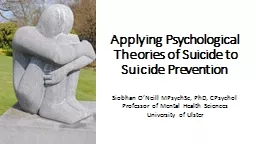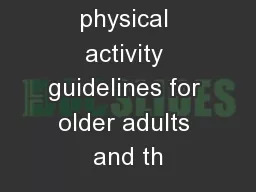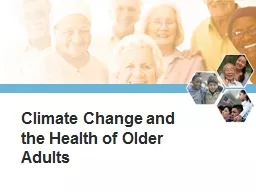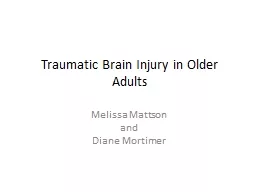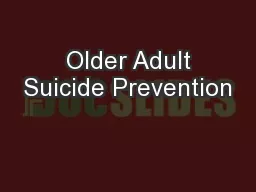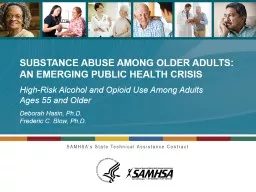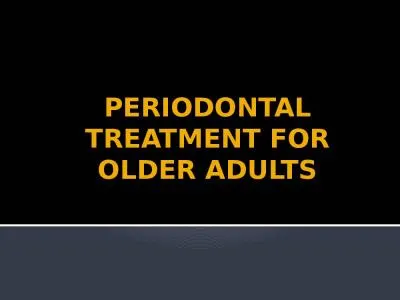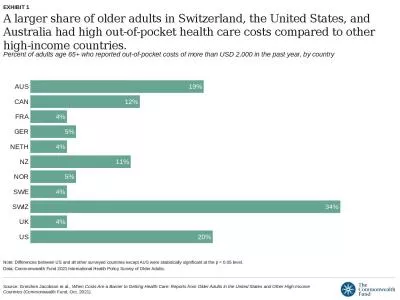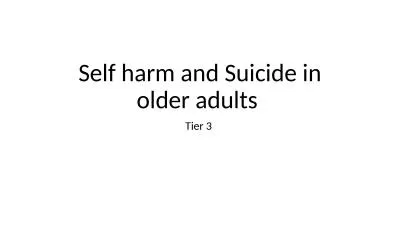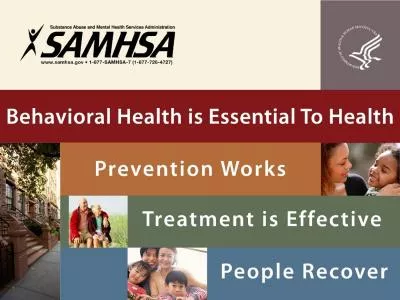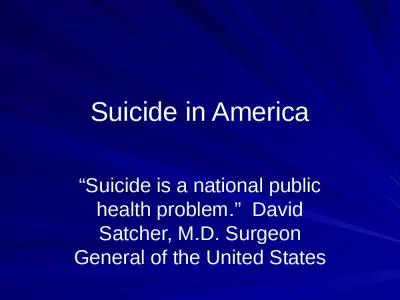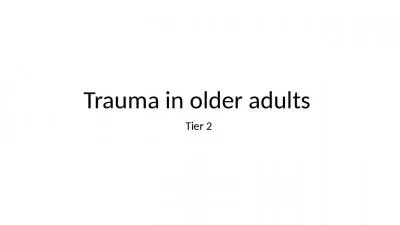PPT-SUICIDE IN OLDER ADULTS :
Author : luanne-stotts | Published Date : 2019-06-21
What have we learned Kelly C Cukrowicz PhD Professor Department of Psychological Sciences Texas Tech University kellycukrowiczttuedu MEN WOMEN Women Prevalence
Presentation Embed Code
Download Presentation
Download Presentation The PPT/PDF document "SUICIDE IN OLDER ADULTS :" is the property of its rightful owner. Permission is granted to download and print the materials on this website for personal, non-commercial use only, and to display it on your personal computer provided you do not modify the materials and that you retain all copyright notices contained in the materials. By downloading content from our website, you accept the terms of this agreement.
SUICIDE IN OLDER ADULTS :: Transcript
Download Rules Of Document
"SUICIDE IN OLDER ADULTS :"The content belongs to its owner. You may download and print it for personal use, without modification, and keep all copyright notices. By downloading, you agree to these terms.
Related Documents


